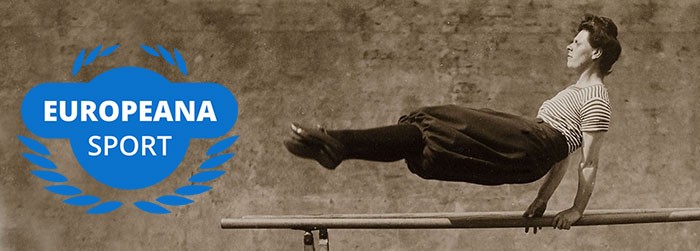By the 1970s, Donnay were the world's leading tennis racket manufacturer.
For tennis players, their choice of racket is all-important - influenced by game-play, precision and, in some cases, superstition.
Donnay is a tennis racket brand favoured by many players - from dedicated amateurs to world champions.
Founded in 1910 by Belgian Emile Donnay, the company initially made wooden handles for tools.
From a small family business with a staff of six based in Couvin, Belgium, they began to diversify to wooden sporting goods, including gymnatic equipment and bows for archery.
Beginning in 1934, the company began to manufacture wooden tennis rackets. The name Donnay became synonymous with tennis and success, in particular when they signed a deal, in the 1950s, to make rackets for major American sporting equipment producers.
By the 1970s, Donnay was the world's largest manufacturer of tennis rackets. Donnay sponsored globally famous champion players such as Rod Laver, Margaret Smith Court and Cliff Drysdale, all of whom played with Donnay's rackets.
Following his first Grand Slam win in the 1974 French Open, from 1975 until his retirement in 1983, Donany sponsored Björn Borg who played with their rackets in European tournaments.
By the 1980s, Donnay was producing millions of rackets annually, almost all made from ash. They continuted producing wooden racket until 1984. However, the company failed to adapt to the growing market for graphite rackets which ultimately led to the company's closure in 1988.
Today, after changing ownership a number of times, the Donnay brand is sold around the world - a reminder of the company's role in tennis' rich sporting heritage.
By Adrian Murphy, Europeana Foundation
Share your sport story
Can you help us to tell the story of sport in Europe in the past and the present?
We invite you to tell us about your sport experiences through objects like photographs, memorabilia, equipment or prizes.
Share your story →
This blog is part of the Europeana Sport project which showcases cultural treasures relating to sporting heritage in Europe.

